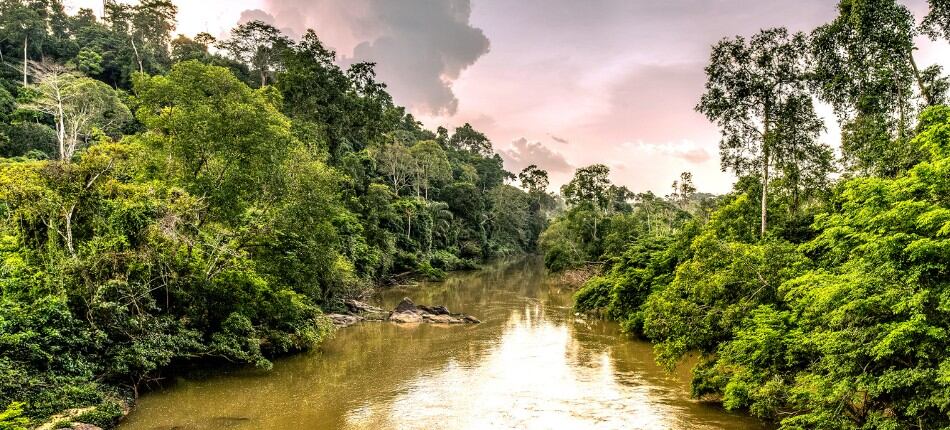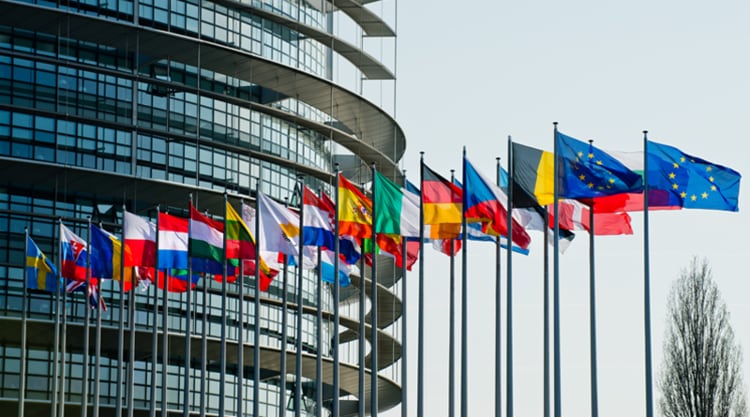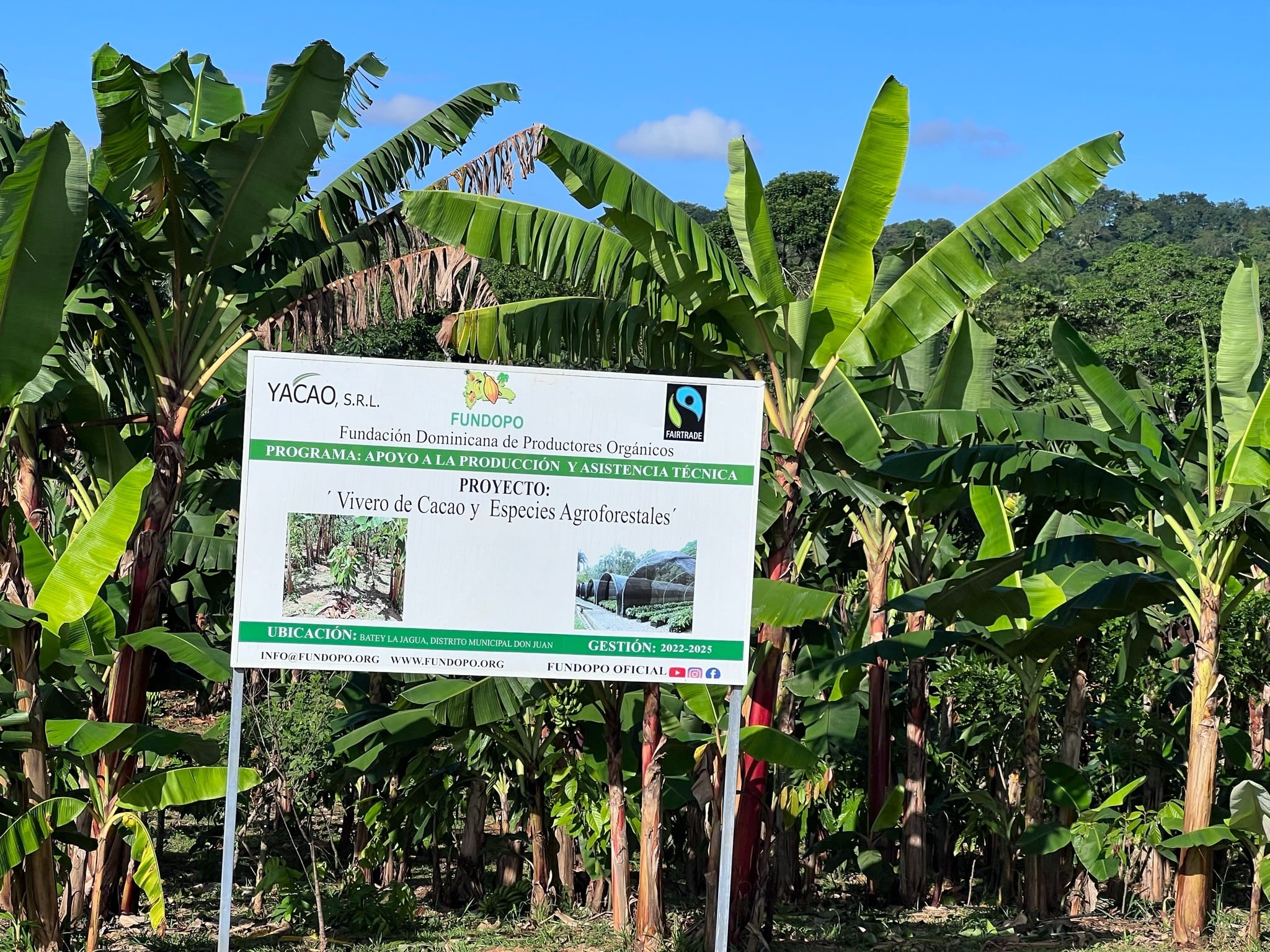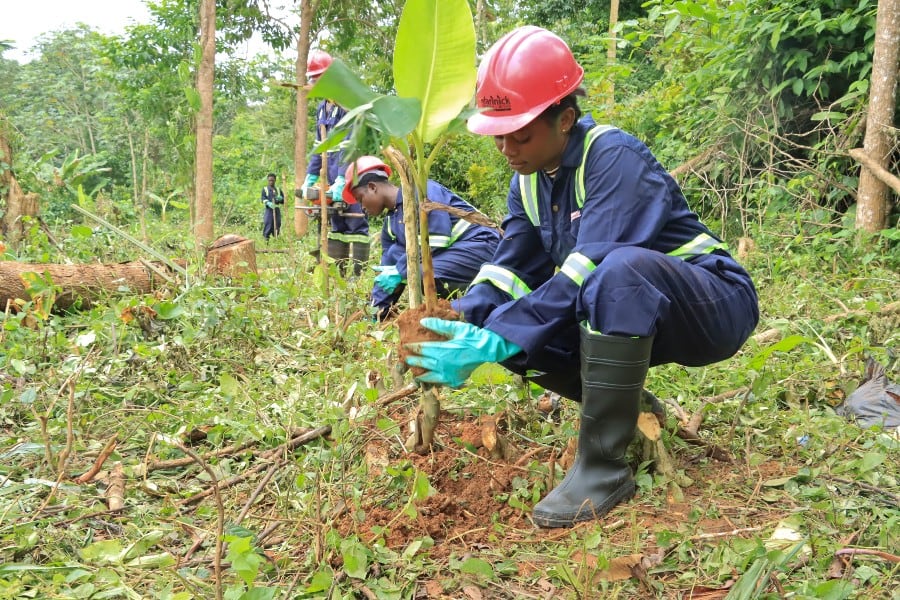According to World Bank trade data and Nigeria’s export council, more than 60% of Nigeria’s cocoa heads to Europe and approximately 8% to the United States and Canada. Experts at the Cocoa Research Institute of Nigeria said they are launching a ‘Trace Project’ in six southern states to advance compliance against deforestation in cocoa production and ensure the country’s cocoa is not rejected in Europe.
But in a significant investigation by the Associated Press (AP), Rasheed Adedeji, who leads the institute’s research outreach, said: “From the preliminary data collected, major exporters are implicated in deforestation, and it is their responsibility to ensure compliance with standards.”
AP reporters said they have repeatedly documented farmers harvesting cocoa beans where that work is banned in conservation areas of Omo Forest Reserve, a protected tropical rainforest 135 kilometres (84 miles) northeast of the coastal city of Lagos in southwestern Nigeria.
Cocoa from the conservation zone is purchased by some of the world’s largest cocoa traders, according to AP, including Singapore-based food supplier ofi (Olam Group) and Nigeria’s Starlink Global and Ideal Limited, along with Tulip Cocoa Processing Ltd, a subsidiary of Dutch cocoa trader and producer Theobroma.
“Those companies supply Nigerian cocoa to some of the world’s largest chocolate manufacturers, including Mars Inc. and Ferrero, but because the chocolate supply chain is so complex and opaque, it’s not clear if cocoa from deforested parts of Omo Forest Reserve makes it into the sweets that they make, such as Snickers, M&Ms, Butterfinger and Nutella. Mars and Ferrero list farming sources on their websites that are close to or overlap with the forest but do not provide specific locations,” the AP report stated.
ofi said that it “forbids” members of its ‘Ore Agbe Ijebu’ farmer group from “sourcing from protected areas and important natural ecosystems like forests.” AP said the Ijebu farmer group is listed as a sustainable supplier on Olam’s website and is said to be in Ijebu Ife, a community near the reserve.
Ferrero, Mars, and Tulip have issued statements that they’re committed to their anti-deforestation policies, use GPS mapping of farms, and that their suppliers are certified through independent standards.
- ConfectioneryNews will be hosting a free webinar - Time’s up: new European Union Deforestation Regulation (EUDR) comes into force at the end of 2024 - how ready is cocoa? – on the new regulations on Tuesday, January 23, 2024/ Start time: 5:00 PM CET (PARIS) | 10:00 AM CT (CHICAGO). Duration: 60 minutes. Register here.




